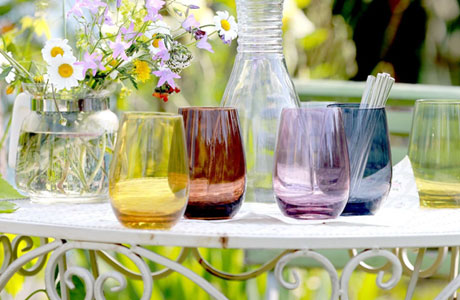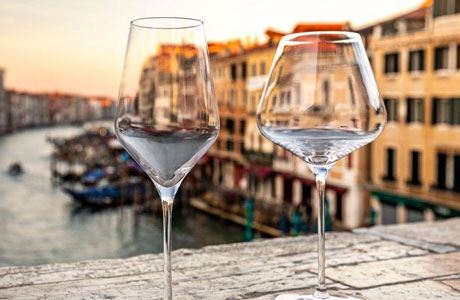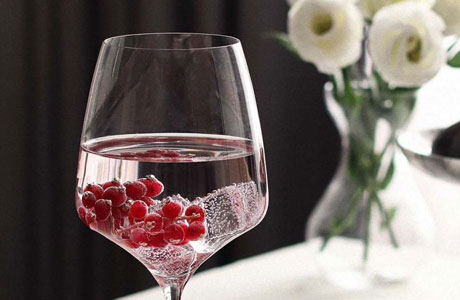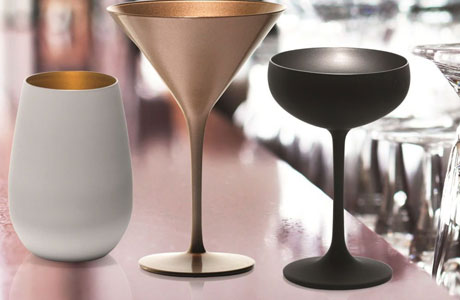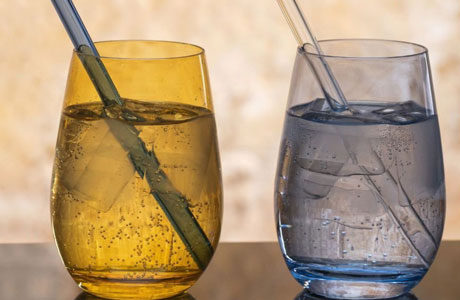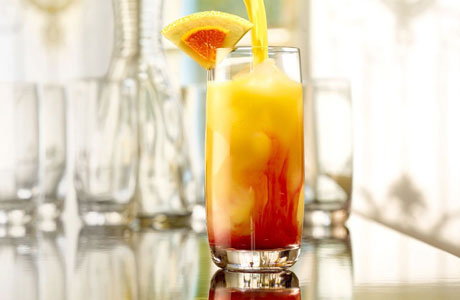The art of glass manufacture and its refinement has been cultivated and developed in the Lausitz area for over 500 years. The first documented mention was dated in 1433, in which a glasswork produced greenish and brownish ‘woodglass’ – benefited by both quantity and quality of glass sand, wood, lime stone and clay.
More and more glassworks were founded in the Lausitz forests, primarily due to the high-quality raw materials in the Lausitz’ sandy soil. Therefore the volume of production of molten glass vastly increased.
The consequent further development of products and techniques in the period 1900 to 1930 resulted in a unique concentration of hollow-ware production in the Weisswasser area. The Lausitz became the largest glass producing region of Europe and the ‘Glashüttenwerke Weißwasser AG’ the largest producer of stem glasses in Germany.
Through to the 1930s the Bauhaus glass designer Wilhelm Wagenfeld created new directions for the glass industry with his radical new shapes. These shapes are part of today’s modern classical designs.
In the year 1960 started the first production of machine-made tumblers. 1969 followed the production of stemware by machines. Until 1991 the ‘Lausitzer Glaswerke’ were the largest producer of glass in former GDR with around 4000 em-ployees. After german reunification the
‘Lausitzer Glaswerke’ were privatized. In the year 1996 the ‘Stölzle-Oberglas AG’ took over the glassworks. Today Stölzle Lausitz and Stölzle-Oberglas are owned by the group of Cornelius Grupp AG (CAG).
